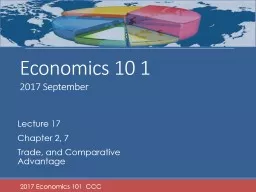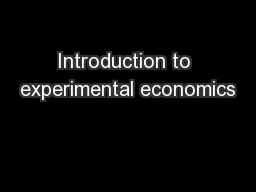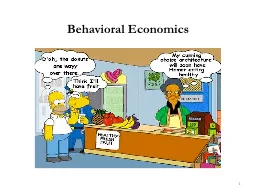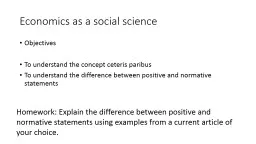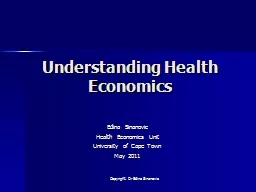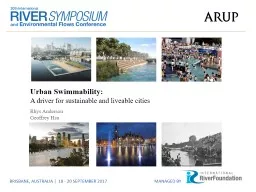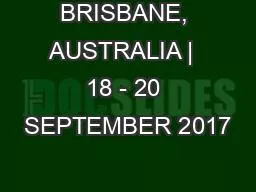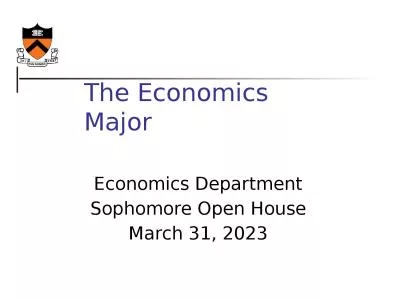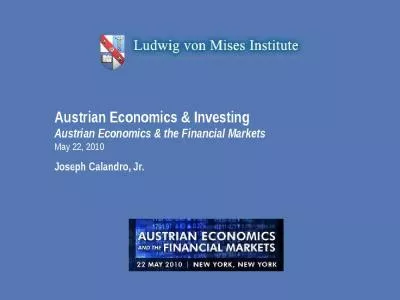PPT-Economics 10 1 2017 September
Author : tawny-fly | Published Date : 2018-09-16
Lecture 17 Chapter 2 7 Trade and Comparative Advantage 2017 Economics 101 CCC content Trade Terminology Canada and Trade Production Possibilities Frontier Comparative
Presentation Embed Code
Download Presentation
Download Presentation The PPT/PDF document "Economics 10 1 2017 September" is the property of its rightful owner. Permission is granted to download and print the materials on this website for personal, non-commercial use only, and to display it on your personal computer provided you do not modify the materials and that you retain all copyright notices contained in the materials. By downloading content from our website, you accept the terms of this agreement.
Economics 10 1 2017 September: Transcript
Download Rules Of Document
"Economics 10 1 2017 September"The content belongs to its owner. You may download and print it for personal use, without modification, and keep all copyright notices. By downloading, you agree to these terms.
Related Documents

